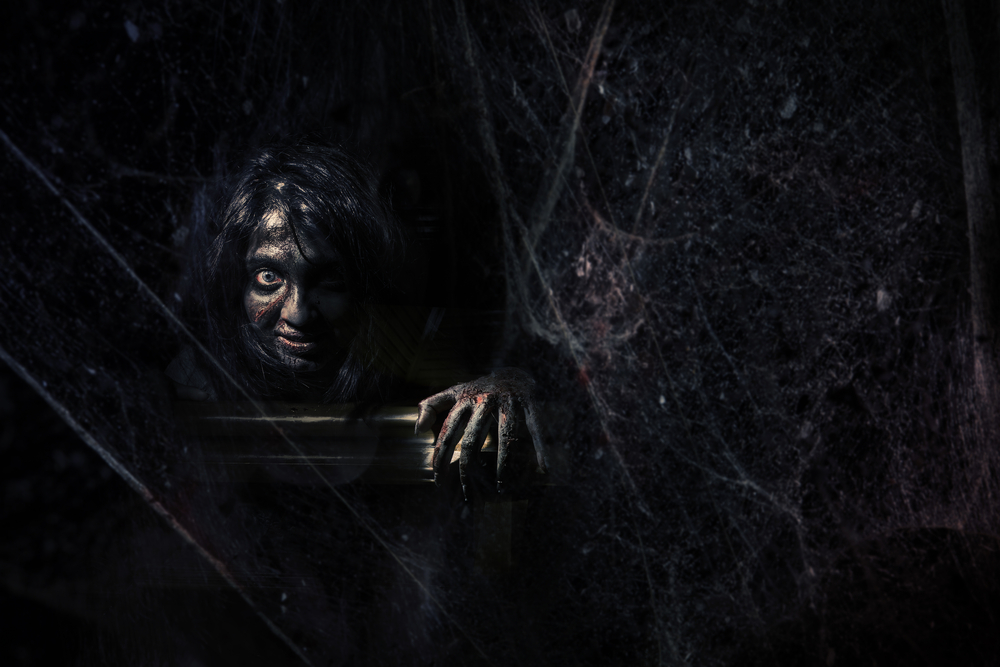
by Phil Boatwright | Feb 13, 2014
KANSAS CITY, Kan. (BP) — Heart-shaped boxes of candy, dinner out and snuggling with the love of your life make for a great Valentine’s Day. As radical as this may sound, the holiday of love isn’t just for sweethearts.
Shared family quality time and letting one another know how much they mean should also be celebrated each Feb. 14.
Hollywood on its best behavior has helped remind us of the preciousness of loved ones. Here are a few examples.
“The Parent Trap” — This 1998 remake clings to the original story of twins attempting to reunite their parents. While employing 1990s dialogue and energy, the film maintains the charm of the Hayley Mills 1960s version. The redo stars Dennis Quaid, Natasha Richardson and then newcomer Lindsay Lohan, who reveals a promising acting future and an innocence she quickly lost. (PG)
“Father of the Bride” — Steve Martin, Diane Keaton and Kimberly Williams star in this 1991 comedy remake of a classic (also worth watching) with Spencer Tracy and Elizabeth Taylor. The update is a sensitive, often hilarious look at a daughter’s upcoming wedding through the eyes of her loving father, who comes to realize he has to let go of his little girl. (PG)
“The Blind Side” — Based on a true story of a family embracing a homeless African American youngster from a broken home, the movie stars Sandra Bullock in an Oscar-winning performance. She portrays an earthy, no-nonsense Christian who saw teenager Michael Oher wandering the streets, looking lost and in need. But as the real-life Leigh Anne Tuohy has said, “I think Michael had a much greater impact on our lives than we did on his. You take so much in life for granted, but when Michael moved in with us, he made us realize how blessed we are. We viewed life differently after he joined our family.”
The film receives a PG-13 rating for one scene involving brief violence with a gun, and for drug and sexual references. We do not see drug use, but it is obvious that a couple of the youths in the bad part of town are drug dealers. There are several mild expletives and objectionable language, but I caught no misuse of God’s name. You might find the content unsuitable for little ones.
“Grace Unplugged” — This is a tale of a former rock star’s talented 18-year-old prodigal daughter who wants to find her own fame. The filmmakers have updated the biblical parable by changing the lead’s gender, with the father needing to learn as many lessons as his wayward child. The story is set in the music world, allowing actress AJ Michalka to make full use of her musical gifts.
It’s a film not afraid to mention the name Jesus. Oh, most films do that, but here His name is not uttered as an angry expletive, but rather mentioned as a centerpiece to the spiritual life of several characters. Being a devout Christian herself, I’m sure this is the icing on the cake for Michalka, to star in a movie meant to honor God, strengthen the body of Christ and witness to members of an industry caught up in the me-ism of celebrity.
The issues are not new to film, with the female lead asking herself what she is willing to sacrifice in order to attain stardom. But Grace Unplugged successfully adds a spiritual component, making it even more relevant and relatable. At some point it’s a question each Christian must ask himself or herself, “Am I willing to take Christ off the throne in order to achieve success?” (PG)
“Fireproof” — A dedicated fireman is on the brink of divorce but before the papers are signed, he’s challenged by his father to do to a 40-day experiment he calls The Love Dare. Like Jimmy Stewart’s George Bailey, Kirk Cameron’s Caleb Holt is a good man, but with flaws and foibles.
Supported by Erin Bethea’s three-dimensional portrait as the firefighter’s wife, Cameron and company approach the important issue of the sanctity of marriage. In a culture that promotes the quick disposal of friendships and marriages at the first hint of dissatisfaction, here is a movie that declares life-long unions are worth fighting for. (PG)

by Phil Boatwright | Oct 31, 2013
It’s that time of year when haunted houses spring up in communities across the country and when cable networks run classic fright flicks, “Halloween” rip-offs or new made-for-TV offerings in the macabre and grotesque.
Should we Christians put this stuff in our heads?
Thought-provoking thrillers are few and far between, amid tales of conflicted wolfmen, alien space invaders, zombie flesh-eaters and other vile things that go bump in the night.
A few months ago I was offered a press junket trip to Los Angeles to view “The Conjuring.” Despite the fact that The Conjuring portrays a Christian couple doing an exorcism, I decided to skip the screening of this R-rated horror film about demonic possession. I’ve already seen several, including “The Exorcism of Emily Rose,” “The Rite” and the godfather of this genre, “The Exorcist.”
But the subgenre of horror movies about demons bothers me spiritually. It’s important for people to be aware of the existence of demonic spirits but I feel uncomfortable viewing such subject matter for entertainment purposes.
The horror film has undergone more transformations than Katy Perry’s musical career. In the 1930s and ’40s, spooky movies such as “Frankenstein” and “The Wolf Man” were actually morality plays, where good was triumphant over evil. Because of restrictive decency codes during that era, studios mandated that their filmmakers not offend the church-going public. So when you view “The Bride of Frankenstein” or “The Cat People” or even Bella Lugosi’s “Dracula,” you can detect a moral message amid the jars and jolts.
In the ’50s, most horror films were goofy, the Saturday matinee screen being bombarded with giant lizards and ants and even a 50-foot woman. The ’60s saw classic creeps resurrected by Hammer Studios (“Frankenstein Must Be Destroyed,” “Dracula Has Risen from the Grave”) and its penchant to use vivid color to captivate, especially a thick red liquid that looked more like candy apple syrup than gushing blood.
During the ’70s and ’80s, horror films became gruesome showcases for studio special effects. Malevolent and apparently indestructible ghouls such as Freddie Kruger of “Nightmare on Elm Street,” Michael Myers of “Halloween” and Jason of “Friday the 13th” returned sequel-after-sequel to kill as many randy teenagers as possible in 96 minutes.
The ’90s once again unearthed the original vampire, but with a twist. In Francis Ford Coppola’s “Bram Stoker’s Dracula,” his child of the night was an omnipresent creature who, rather than turning away from the significance of the cross, contemptuously stared down crucifixes until they burned. Ever since Bela Lugosi first put on a set of fangs, crucifixes had trumped blood suckers. This gothic reversal changed the entire theme of the Dracula legend. No longer was God the conqueror of the devil; now man alone was in control of his fate.
I once wrote an appreciative critique of M. Night Shyamalan’s psychological thriller “Signs,” about alien beings coming to take over the earth. In Signs, suspenseful Hitchcockian elements served to unnerve the audience. Added to the unsettling atmosphere, the story’s subtext concerned a man losing and regaining his faith. The film also had an intriguing take concerning coincidence in our daily lives: Do things happen by chance or do they intentionally develop our nature? Shyamalan’s film was about finding our way — or finding our way back. I guess you could say it’s a thinking man’s (or woman’s) horror movie.
I’m not sure any of us realize the true effect of horror movies on our psyches. We are bombarded by a great deal of media influence, much of which doesn’t feed the soul. Still, some will defend the escapist value of the horror film, while others steadfastly maintain that it is a genre with a satanic impact. Here’s something we should consider: Like all living things, the spirit of man needs to be nourished.
I couldn’t possibly say it any better than the following quote, and it came from a movie, Miramax Films’ “I’ve Heard the Mermaids Singing.” You might keep it in mind when attending any new release.
“Your head is like a gas tank. You have to be really careful about what you put in it, because it might just affect the whole system”
(BP)

